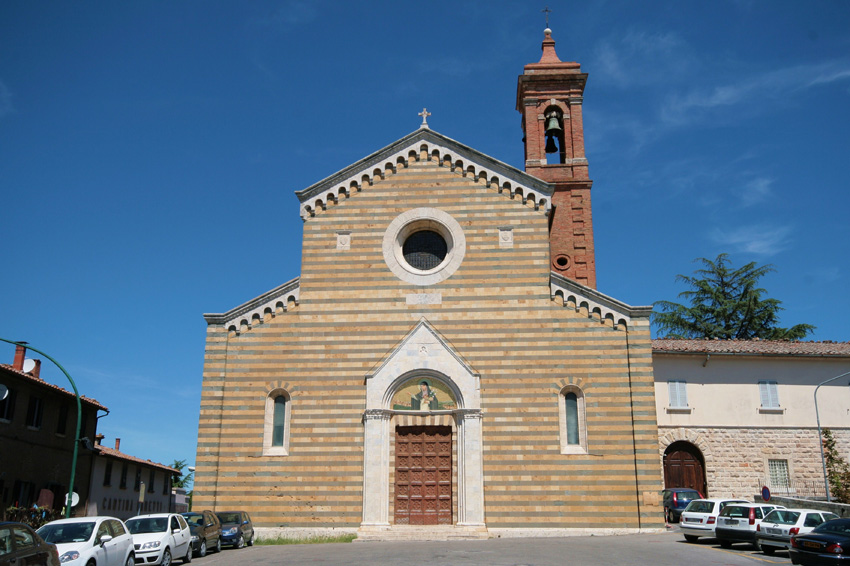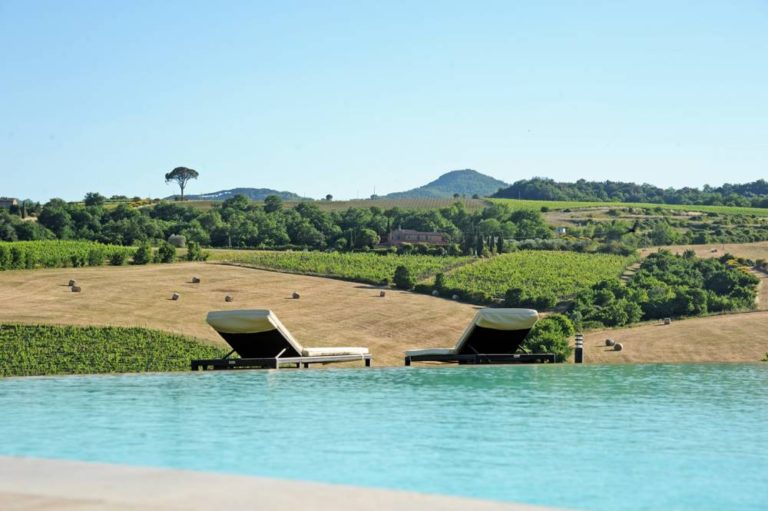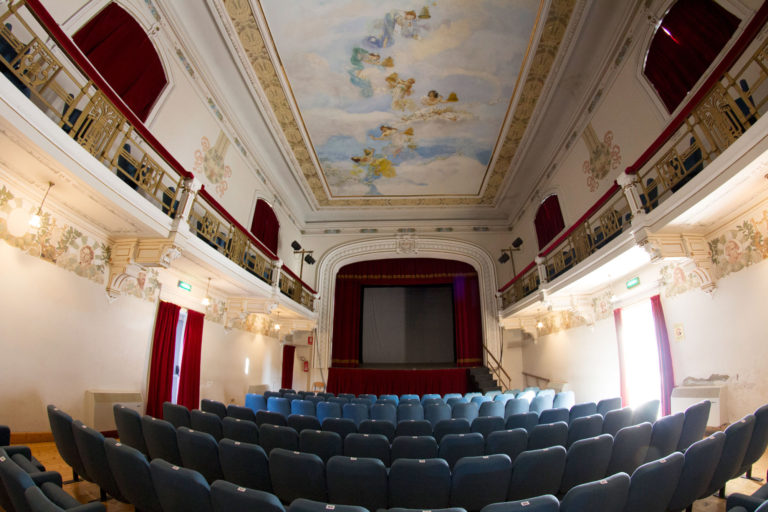Montepulciano: Shrine of Saint Agnese

Montepulciano, as well as its surrounding territories of Valdichiana and Valdorcia, is rich of places of worship, mostly of catholic faith: among religious festivals and saints, there are also historic, cultural and touristic itineraries related to spirituality and faith. This adds up to the most classical local excellences, such as Vino Nobile, culture, music, nature and thermal baths.
Religion has been an important part of the history of Montepulciano, between churches, convents and the heritage of pagan cults and folk traditions. Each bell tower was extremely jealous of its saints, and countless are the sanctuaries that enshrine the catholic relics: they pass on the memory of miracle events and they beckon pilgrims and believers. I’m about to talk to you about a sanctuary that belongs to the diocese of Montepulciano-Chiusi-Pienza, which is part of a religious itinerary, based on the work of the Chianciano Terme – Valdichiana Tourist Office.
Montepulciano – Shrine of Saint Agnese
In the Saint Agnese square
 The saint’s shrine is located facing the 16th century ramparts of the Porta al Prato, that open into the lower part of the historical centre. The shrine is seto on a hillock outside the town walls and was founded by the Domenican nun, Saint Agnese Segni (1268-1317), in 1306. The hill chosen by the saint on which to build her church, following a vision of a stairway from its summit unifying earth and sky, was occupied by brothels and Angese bought it for 1,200 lire. So the hill was transformed from a sinful to a holy place. The church, monumental cloister and its convent – now totally transformed – host the undecayed body of Saint Agnese and many of her relics. Montepulciano’s saint was a mystic and God bequeathed her with numerous celestial attributes such as heavenly visions, trances and miracles.
The saint’s shrine is located facing the 16th century ramparts of the Porta al Prato, that open into the lower part of the historical centre. The shrine is seto on a hillock outside the town walls and was founded by the Domenican nun, Saint Agnese Segni (1268-1317), in 1306. The hill chosen by the saint on which to build her church, following a vision of a stairway from its summit unifying earth and sky, was occupied by brothels and Angese bought it for 1,200 lire. So the hill was transformed from a sinful to a holy place. The church, monumental cloister and its convent – now totally transformed – host the undecayed body of Saint Agnese and many of her relics. Montepulciano’s saint was a mystic and God bequeathed her with numerous celestial attributes such as heavenly visions, trances and miracles.
The original church was enlarged in 1311 and took the name of Santa Maria Novella, but straight after the saint’s death, worshippers began to call the church after her. At the end of the seventeenth centurym the church underwent radical restructuring since – as recorded in the hagiography of the life on the saint, it was originally built using bare earth and simple canes. The church facade, lined in the twentieth century by horizontal strips of white and ochre travertine, still features its original fourteenth century portal. The interior consists of one barrel-vaulted nave which preserves the body of the saint in a marble urn. The cenotaph is adorned by stucco statues representing Saint Agnese thronged by angels. The shrine is full of pictures and frescoes from the school fo Simone Martini, Raffaello Vanni, Ulisse Giocchi, Giovanni da San Giovanni, Salvi Castellucci and Nicola Nasini. The central rose window depicts the titular saint and its attributed to Bano di Michelangelo of Cortona. The thirteenth century wooden crucifix, in front of which a praying Saint Agnese usually levitated from the ground, is a work of the German Rhine school. Adjoining the shrine is a convent, where some Dominican fathers are based, who serve the church and run the parish: the monumentale cloister was built and decorated with frescoes of scenes from the life of Saint Agnese from 1603-1756.
The liturgical feast of Saint Agnese falls on April 20, but each year, starting from this date her shrine holds nine consecutive days of intense prayer that culminate on the firs of May, the saint’s popular feast, when a very ancient fair is held with a solemn Eucharist attended by clergy, local councillors, the eight town quarters and the population as a whole.




